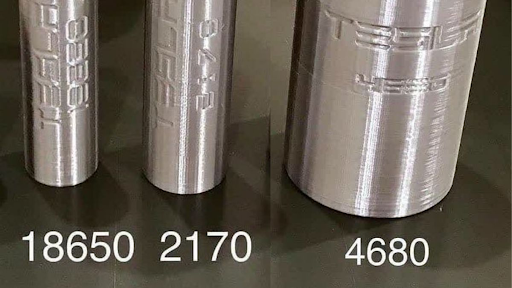Why Powerwall Battery Cells are a Game-Changer for Home Energy Storage
The Powerwall uses energy-dense NMC (Nickel Manganese Cobalt) battery cells, the same kind used in Tesla’s high-performance cars such as the Model X and S.
Tesla knows that your garage space is really valuable to you. The Powerwall does not take up much room compared to other bulky home batteries because the NMC chemistry is the most energy-dense battery available.

Tesla is always looking to push the boundaries and make improvements. By upgrading from the “18650” cells used in the Powerwall 1 to the “21700” cells in the Powerwall 2, they have increased energy density and run time. This move also reduced the use of Cobalt.
The cell is 21mm in diameter and 70mm long, hence the “21700”. Although nobody is quite sure what the extra 0 is for. The cylindrical shape of the cells allows for better airflow and cooling when packed together.
The “21700” battery cells are also more efficient to manufacture, which reduces cost. This makes the Tesla Powerwall the cheapest cost per kWh home battery.
Powerwall is a solid American-made product. The cells are made in conjunction with Panasonic in the Tesla Gigafactory in the USA, along with the rest of the components.
Thanks to its compact design, the Powerwall can fit an inverter and a liquid cooling system within its enclosure. Keeping your battery cells at the right temperature has been proven to prolong your battery lifespan.
For homeowners looking for a reliable, efficient and space-saving home battery system, the Tesla Powerwall is the right choice.
Ready to add a Powerwall to your Solar System? Get in touch to secure yours today.